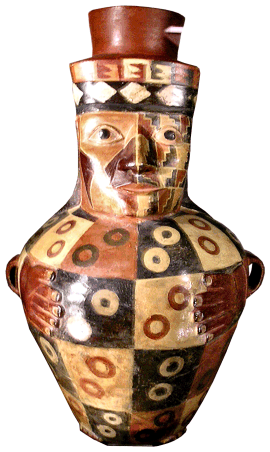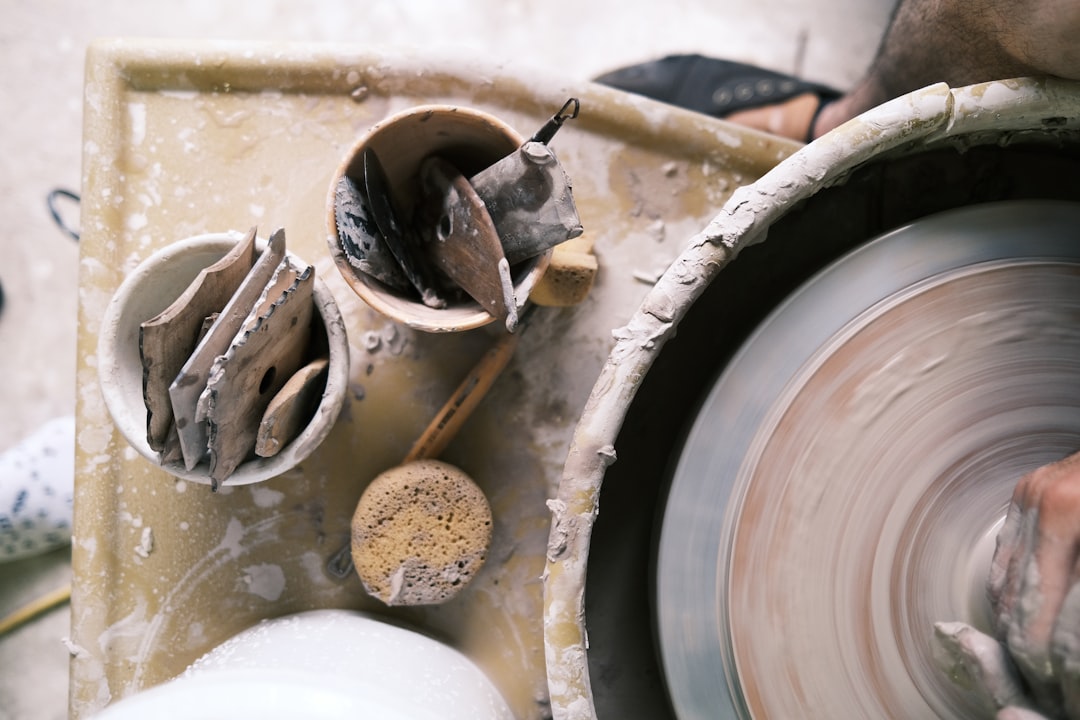Exploring the World of Ceramic Art
Ceramic art, with its rich history and diverse techniques, offers a vast playground for creativity and innovation. Whether you are a novice or an experienced artisan, the world of ceramics provides endless possibilities to explore and create. This article delves into various aspects of ceramic art, from hand-built pottery to the revolutionary influence of modern technology.

Hand-Built Pottery: A Timeless Craft
Hand-built pottery is one of the oldest methods of creating ceramic art. This technique involves shaping clay by hand rather than using a potter’s wheel. Artists can create unique pieces with their personal touch, unlocking an array of expressive possibilities. For those interested in venturing into this craft, a wealth of hand-built pottery ideas are available for all skill levels, offering detailed guidance and inspiration for your projects.

Slip Casting in Ceramics
Slip casting is a popular method in ceramic production, known for producing intricate and consistent results. The process involves pouring liquid clay, or ‘slip’, into a mold. As the slip dries, it takes the shape of the mold, allowing for mass production of intricate designs. The technique can also be adapted for more individualized pieces, offering ceramicists a method to produce consistently amazing works.

The Role of Technology in Modern Ceramics
Technology has not only transformed traditional pottery practices but also opened new avenues for innovation. One interesting development is the use of 3D printing technology in ceramics. The emergence of 3D printers in ceramic art has begun to revolutionize how artists approach their craft. This technology allows for intricate designs that would be impossible or extremely labor-intensive to achieve by hand, offering exciting possibilities for both functional and artistic pieces.
As artists continue to adopt and experiment with 3D printing in their work, the landscape of ceramic art is rapidly evolving, blending traditional techniques with cutting-edge digital processes.

Exploration and Learning in Ceramic Arts
For anyone looking to dive deeper into the world of ceramics, staying updated with the latest trends, techniques, and tools is crucial. Embracing both traditional craftsmanship and modern technological advancements can lead to a fulfilling and innovative artistic journey. To explore an overview of our most recent articles and content, be sure to visit and expand your knowledge and inspiration.

Easy Bowl Making Hack
Exploring the vast world of ceramics can be both an exciting and rewarding journey, with endless possibilities for things to make in ceramics, whether you’re a beginner or a seasoned artist. From small trinkets like beads and jewelry trays to more substantial projects like bowls, this YouTube video by Sculpd offers an easy bowl making hack that can help you expand your ceramic repertoire.
What can you make in ceramics?
Here are 20 fun and easy pottery ideas that will help beginner potters explore new techniques and develop essential skills:
• Pinch pots – Small bowls formed by gently pinching the clay between your fingers, perfect for getting comfortable with hand-building.
• Simple slab projects – Roll out clay slabs to create items like coasters, trays, or decorative wall hangings.
• Pottery painting – Add color and personal flair to pre-formed pieces with underglazes, slips, and glazes.
• Jewelry dish – Craft a small, stylish dish for rings and earrings using pinch or slab methods.
• Decorative vase – Shape a vase to display fresh or dried flowers, experimenting with different textures.
• Paint palette – Make a painter’s palette for blending colors in a unique, handcrafted style.
• Cookie cutter decorations – Use cookie cutters to form ornaments or gift tags, then paint or glaze for a custom finish.
• Clay spoons – Create simple spoons to practice basic shaping and handle-making techniques.
What are 10 things made from ceramic?
Ceramics aren’t limited to just traditional pottery. They appear in many everyday objects and advanced technologies alike, including:
• Spark plugs • Fiber optics • Artificial joints • Space shuttle tiles • Cooktops • Race car brakes • Micropositioners • Chemical sensors • Self-lubricating bearings • Body armor and specialized sporting gear (like skis)
What are 5 examples of pottery?
Pottery encompasses several different types, each distinguished by its clay and mineral content, firing temperature, and overall look:
• Earthenware – Porous, low-fired clay often used in rustic or decorative pieces.
• Stoneware – Durable, mid- to high-fired clay ideal for everyday dishes and mugs.
• Porcelain – High-fired, white clay prized for its smooth texture and delicate appearance.
• Raku – Low-fired pottery with unique glaze effects achieved through a rapid heating and cooling process.
• Terra Cotta – A type of earthenware that’s popular for flowerpots and garden decorations due to its breathable nature.
What is the easiest thing to throw in pottery?
If you’re just starting with a pottery wheel, these 21 ideas can help you master the basics:
- Jewelry tray – A small, wheel-thrown dish to hold rings and bracelets.
- Succulent planters – Tiny pots to house cacti or succulents, perfect for refining shaping skills.
- Clay beads – Create a variety of bead shapes to use in necklaces, bracelets, or other crafts.
- Pinch pot mugs – Merge pinch and wheel techniques to form functional drinkware.
- Egg cups – Practice shaping cylindrical forms on the wheel.
- Slab-built planter – Combine slab and wheel components for unique planters.
- Spoon rest – An easy, functional piece that helps you learn to flatten and curve clay.
- Ceramic rings – Practice delicate trimming while crafting stylish accessories.
…and more. These beginner-friendly projects provide plenty of room for personalization and experimentation so you can grow your pottery skills and confidence.
Whether you’re molding your first vase or experimenting with intricate tile designs, the world of ceramics offers a canvas limited only by your imagination. Embrace the journey, enjoy each step of the process, and watch as your skills grow and your unique pieces take shape.
Stay Connected and Inspired
I'd love to see what you're creating! Follow me on Instagram for more inspiration, tips, and to share your own ceramic masterpieces. Let's continue this creative adventure together!
